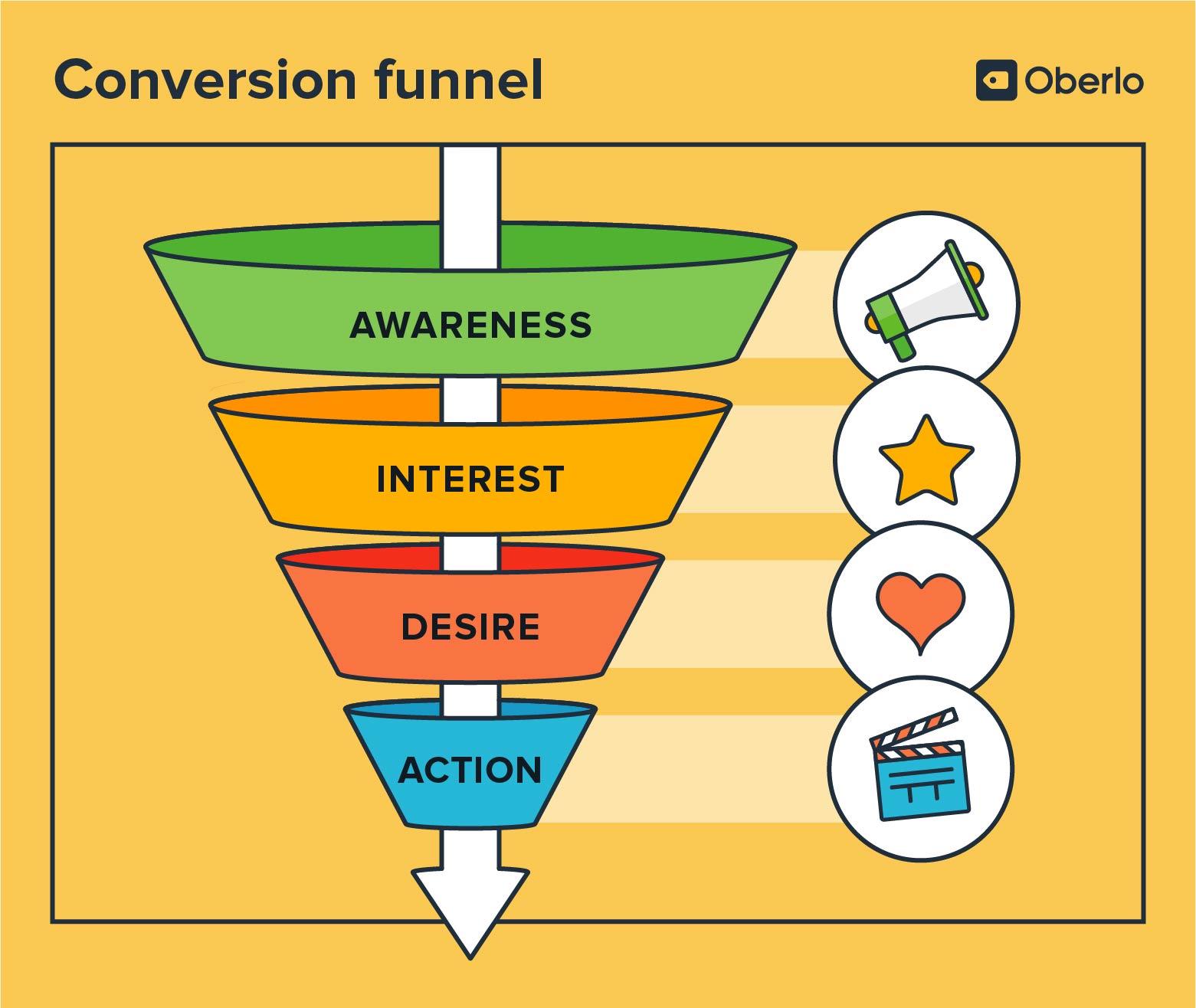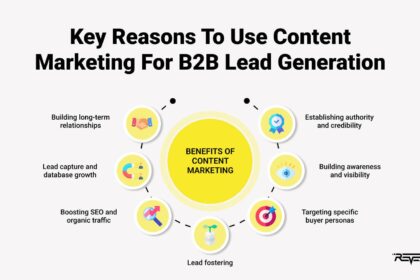In the intricate world of marketing, every interaction a potential customer has with a brand weaves a thread in the fabric of their buying journey. This journey, often depicted as a funnel, is more than just a pathway—it is a complex system that can lead to explosive growth or missed opportunities depending on how well it is navigated. Welcome to “Sharpening the Path: Mastering Marketing Funnel Optimization,” where we delve into the art and science of enhancing every stage of the marketing funnel. From awareness to conversion, we will explore effective strategies, tools, and insights that empower businesses to refine their approach, engage their audience, and ultimately drive success. Join us as we unravel the nuances of funnel optimization, equipping you with the knowledge to turn potential leads into loyal customers.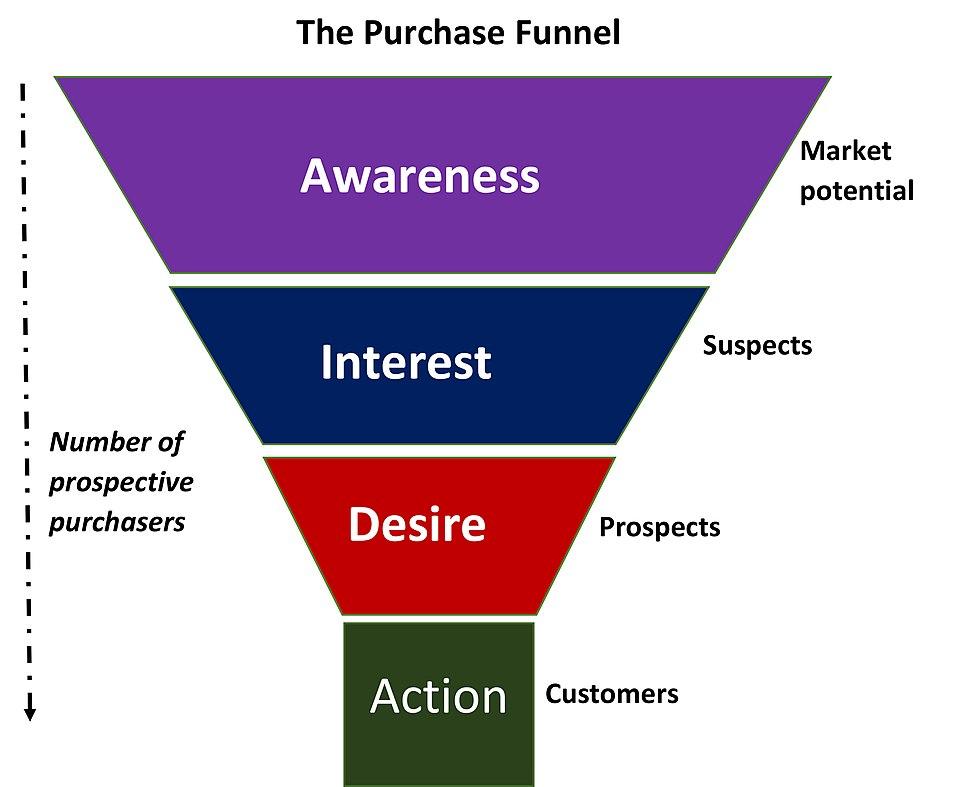
Understanding the Marketing Funnel Dynamics
The marketing funnel is often portrayed as a linear journey, yet its dynamics are much more intricate. At the top, awareness captivates potential customers, drawing them into a world of possibilities. Key tactics in this phase include content marketing, social media engagement, and advertisement strategies designed to ignite interest. As prospects move through the funnel, they enter the consideration stage, where they evaluate options and compare offerings. This phase is crucial for guiding leads toward a purchase, involving various touchpoints, such as personalized emails and dynamic landing pages tailored to address specific needs and concerns.
To effectively nurture leads into loyal customers, it’s essential to understand the pivotal transitions throughout the funnel. The inner mechanics require data-driven insights and optimization strategies. Consider implementing A/B testing to live-monitor customer interactions and preferences, alongside maintaining a robust feedback loop to adjust the strategy in real-time. Here’s a simple representation of the funnel’s main stages for clarity:
| Stage | Objective | Key Tactics |
|---|---|---|
| Awareness | Attract potential customers | SEO, social media ads, influencer outreach |
| Consideration | Nurture leads | Retargeting ads, informative content, webinars |
| Decision | Encourage conversion | Discount offers, clear CTAs, testimonials |
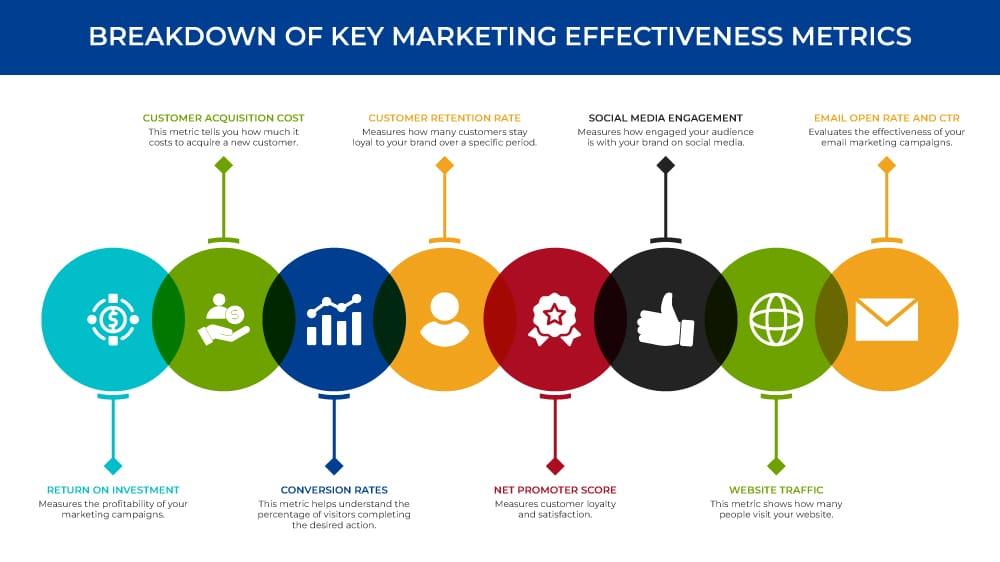
Key Metrics for Assessing Funnel Performance
When analyzing funnel performance, businesses should focus on a range of key metrics to ensure they grasp both the effectiveness of their strategies and the behavior of their customers. Important metrics to monitor include:
- Conversion Rate: The percentage of users taking a desired action at each stage, helping identify bottlenecks in the funnel.
- Drop-off Rate: The rate at which users exit the funnel at various points—highlighting areas for improvement.
- Lead-to-Customer Ratio: This metric indicates the quality of leads generated and their likelihood of conversion.
- Customer Lifetime Value (CLV): Understanding the projected revenue from a customer helps prioritize resource allocation throughout the funnel.
By tracking these metrics consistently, marketing teams can adjust their approach based on concrete data rather than assumptions. Creating a visual representation of these metrics can often offer clearer insights. The following table highlights the relationship between conversion rates and drop-off rates across different funnel stages:
| Funnel Stage | Conversion Rate (%) | Drop-off Rate (%) |
|---|---|---|
| Awareness | 25 | 75 |
| Consideration | 50 | 50 |
| Decision | 10 | 90 |
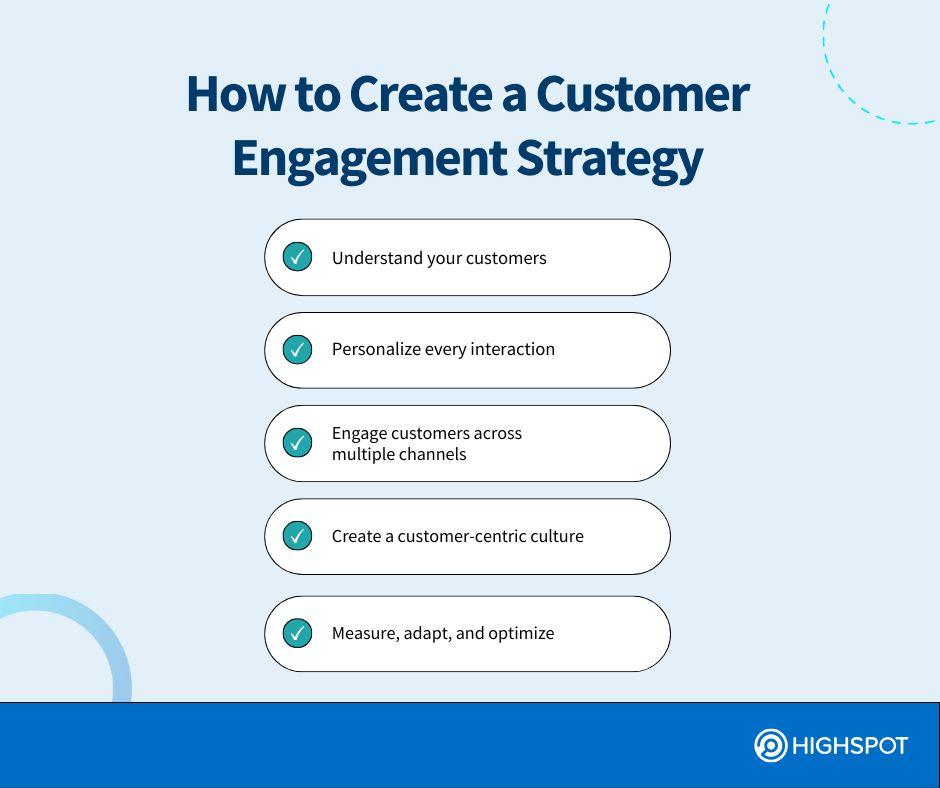
Strategies for Enhancing Customer Engagement
In the ever-evolving landscape of digital marketing, enhancing customer engagement is key to nurturing loyalty and driving conversions. One effective tactic is to leverage personalized communication, allowing brands to connect with customers on a more intimate level. By utilizing data analytics to segment your audience, you can tailor messages that resonate deeply. Examples of personalization include:
- Custom product recommendations based on past purchases
- Targeted email campaigns crafted for specific customer interests
- Dynamic website content that changes based on user behavior
Another powerful strategy to boost engagement is the creation of interactive content that invites participation. This approach not only captures attention but also fosters deeper connections. Forms of interactive content can include:
- Quizzes and polls that encourage users to share their opinions
- Live webinars or Q&A sessions that facilitate direct communication
- Gamified experiences that reward users for their interactions
By weaving these strategies into your marketing funnel, you can create a more engaging experience that not only retains interest but also builds a community around your brand.
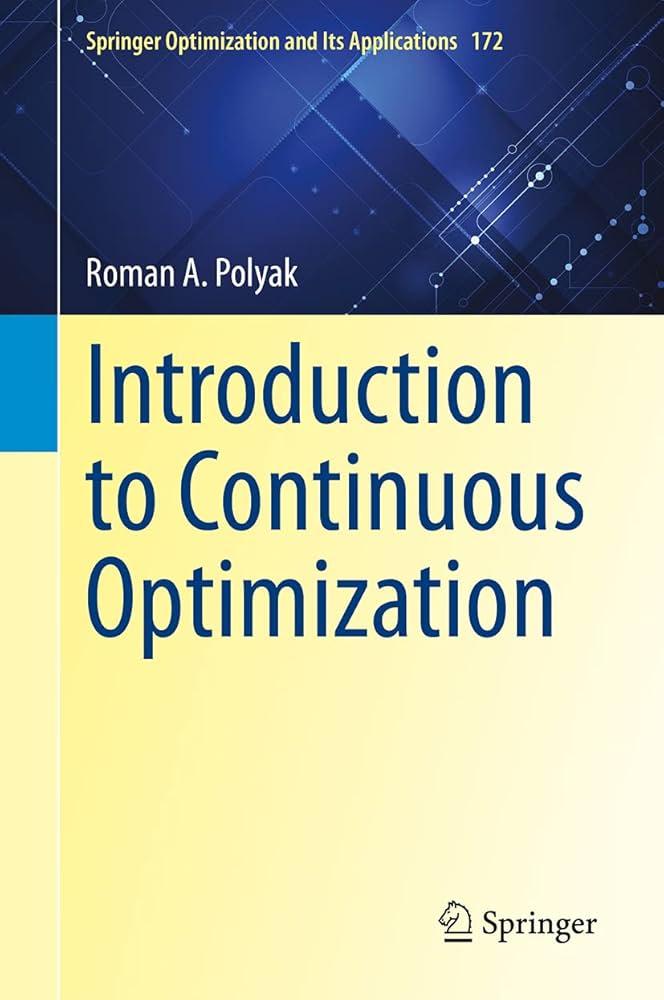
Best Practices for Continuous Optimization and Testing
To achieve success in marketing funnel optimization, it is crucial to implement a cycle of continuous optimization and testing. This iterative process not only helps identify weaknesses in your funnel but also allows for agile responses to changing customer behaviors and market trends. Consider the following essential strategies:
- Data-Driven Decisions: Utilize analytics tools to gather insights on user behavior, such as click-through rates, conversion rates, and drop-off points.
- A/B Testing: Regularly test different elements of your funnel—such as headlines, calls-to-action, and visuals—to determine what resonates best with your audience.
- User Feedback: Collect direct feedback from users through surveys or interviews to uncover pain points that may not be visible through data alone.
- Iterate and Innovate: Be willing to pivot your strategies based on findings, maintaining an agile approach to stay ahead of the competition.
Another crucial aspect of ongoing optimization is documenting your findings and learning along the way. By creating a systematic approach to tracking experiments and results, you can build a foundation for informed decisions in future campaigns. A simple tracking table can help manage insights effectively:
| Experiment | Objective | Result | Next Steps |
|---|---|---|---|
| CTA Button Color | Increase Click Rate | +15% | Roll out color change |
| Landing Page Text | Boost Conversions | -5% | Revert to previous text |
| Email Subject Line | Open Rate Improvement | +20% | Test similar lines |
Incorporating these best practices can significantly enhance the effectiveness of your marketing funnel, ensuring an optimized user journey and improved conversion rates. Remember, the key is to stay committed to learning and adapting your approach based on quantifiable feedback and market dynamics.
The Conclusion
In the ever-evolving landscape of digital marketing, mastering the art of funnel optimization stands as a beacon of opportunity. As we draw this exploration to a close, it’s clear that the journey doesn’t end here. Each stage of the marketing funnel provides its own unique set of challenges and rewards, and the key to success lies in a relentless pursuit of refinement. By continuously analyzing, testing, and adapting your strategies, you not only sharpen your path but also elevate the customer experience, cultivating deeper connections that drive loyalty and growth.
Remember, the optimization process is not a destination but a dynamic journey. Embrace the insights gained, celebrate the small victories, and remain agile in the face of change. The tools and techniques discussed within these pages are merely the starting points. As you apply them, you will discover new layers of complexity and opportunity in your specific context.
So, as you step forth into your marketing endeavors, let the principles of funnel optimization guide you. Equip yourself with knowledge, stay curious, and adapt to your audience’s needs. In doing so, you will not only sharpen your path but also illuminate the way for those who follow. Happy optimizing!


